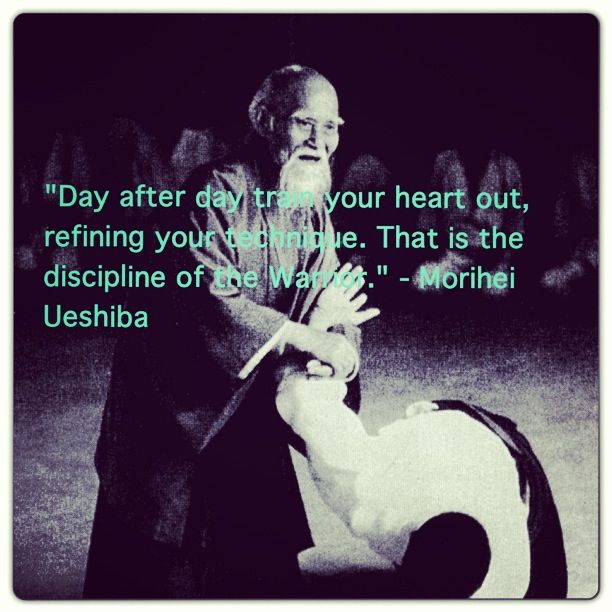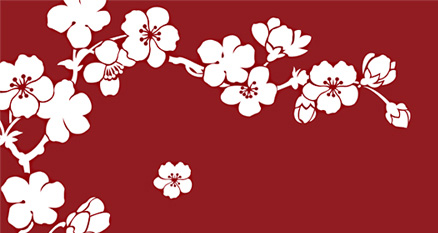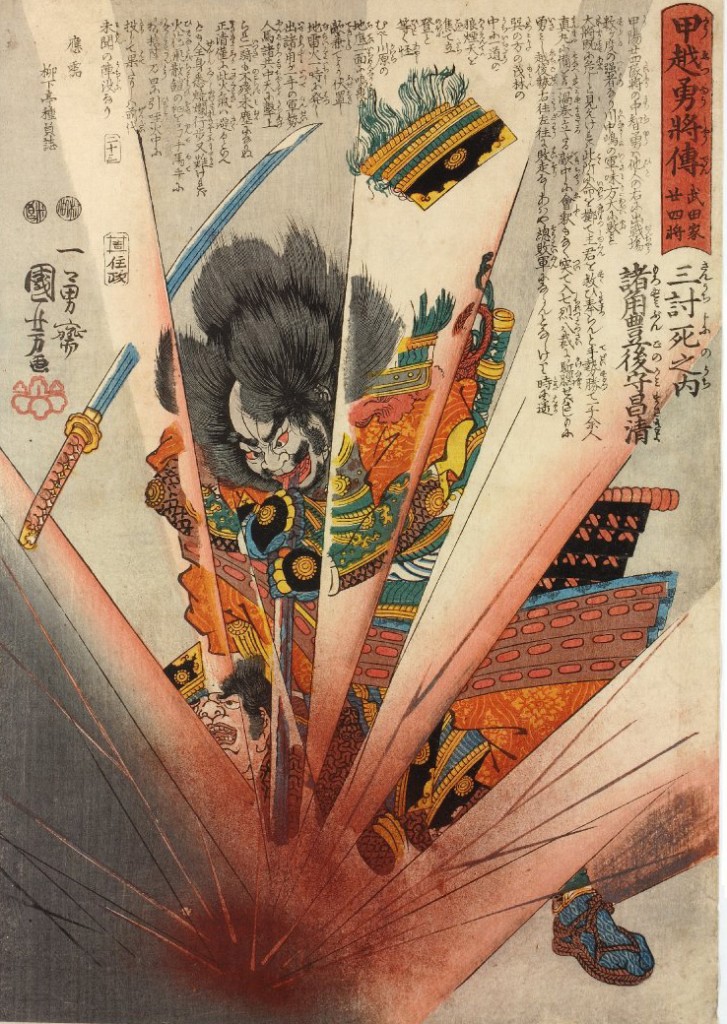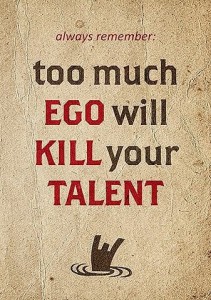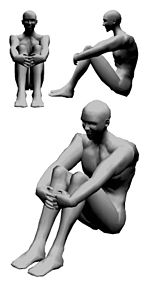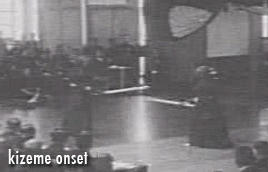毎日、ひとつずつおぼえよう。ちりもつもれば、やまとなる。 Mainichi, hitotsu zutsu oboeyou. Chiri mo tsumoreba, yama to naru. Learn one thing each day. Because even specs of dust when piled up become a mountain.
Someone the other day gave me a great piece of advice. He said, "When confronted with a seemingly insurmountable obstacle, chunk it down into smaller more manageable parts." Reducing any task into smaller more manageable bites is called compartmentalization.
Compartmentalizing large things is a skill that has been taught to soldiers all over the world. Usually when we are confronted with a huge problem that seems to big to overcome, we become overwhelmed that we either become so depressed, anxious or stressed out that we don't succeed.
When we compartmentalize the problem we break the problem down and put the pieces into manageable boxes. Those manageable boxes have the tendency to have borders and those borders give us "space" to finish the part without thinking about the whole. As one moves though and finishes the parts, the whole naturally comes into fruition.
Think about it like driving across the country. One could drive straight across but the drive would be full of suffering. The car, one's bladder and one's temperament will be put to the test. By breaking the drive up into 500 mile parts with hotel stays, bathroom breaks and sightseeing stops, the drive becomes more manageable and quite possibly more enjoyable.
Learning Aikido is no different. Don't think about how long it will take you to achieve black belt or how long to get good. Just focus on the technique at hand and what the teacher is emphasizing. From there try to add or do more like adding layers to a cake. Before you know it, you'll start to get the hang of things and eventually become adept.
Just make it smaller. Achieve it and move on to the next one. Then the next one and the next one and so on. Before you know it those small specs will pile up and you will be Mt. Fuji!




